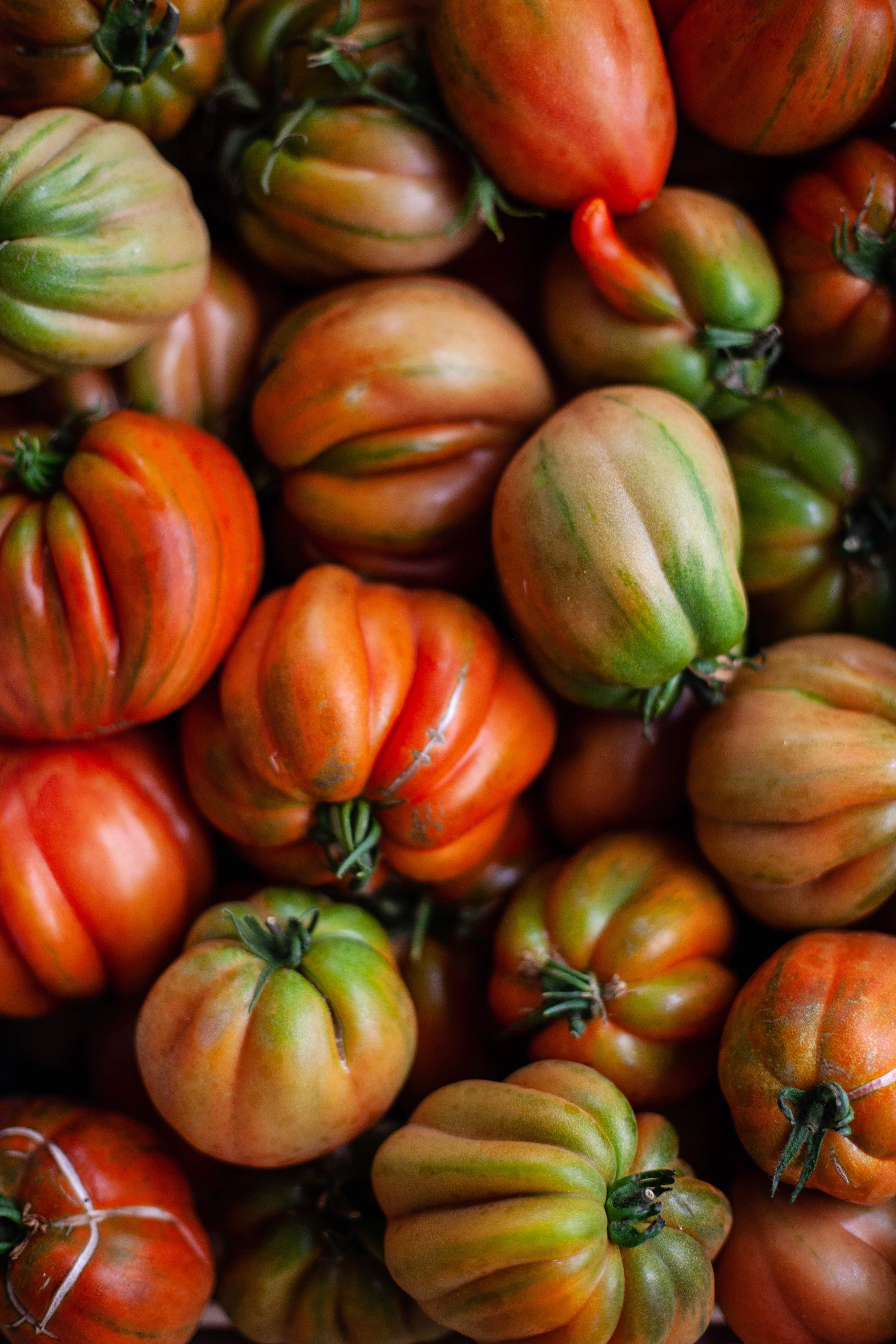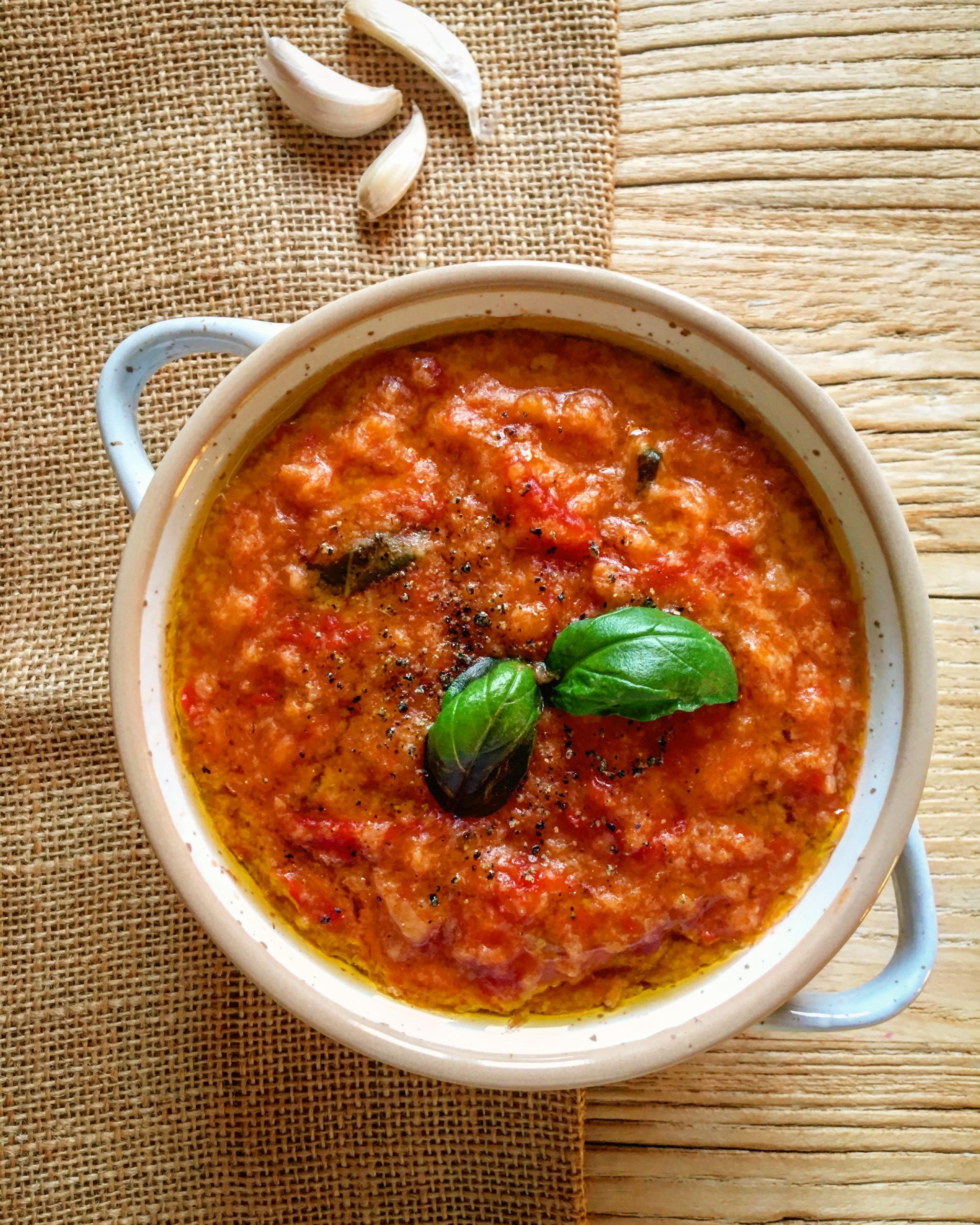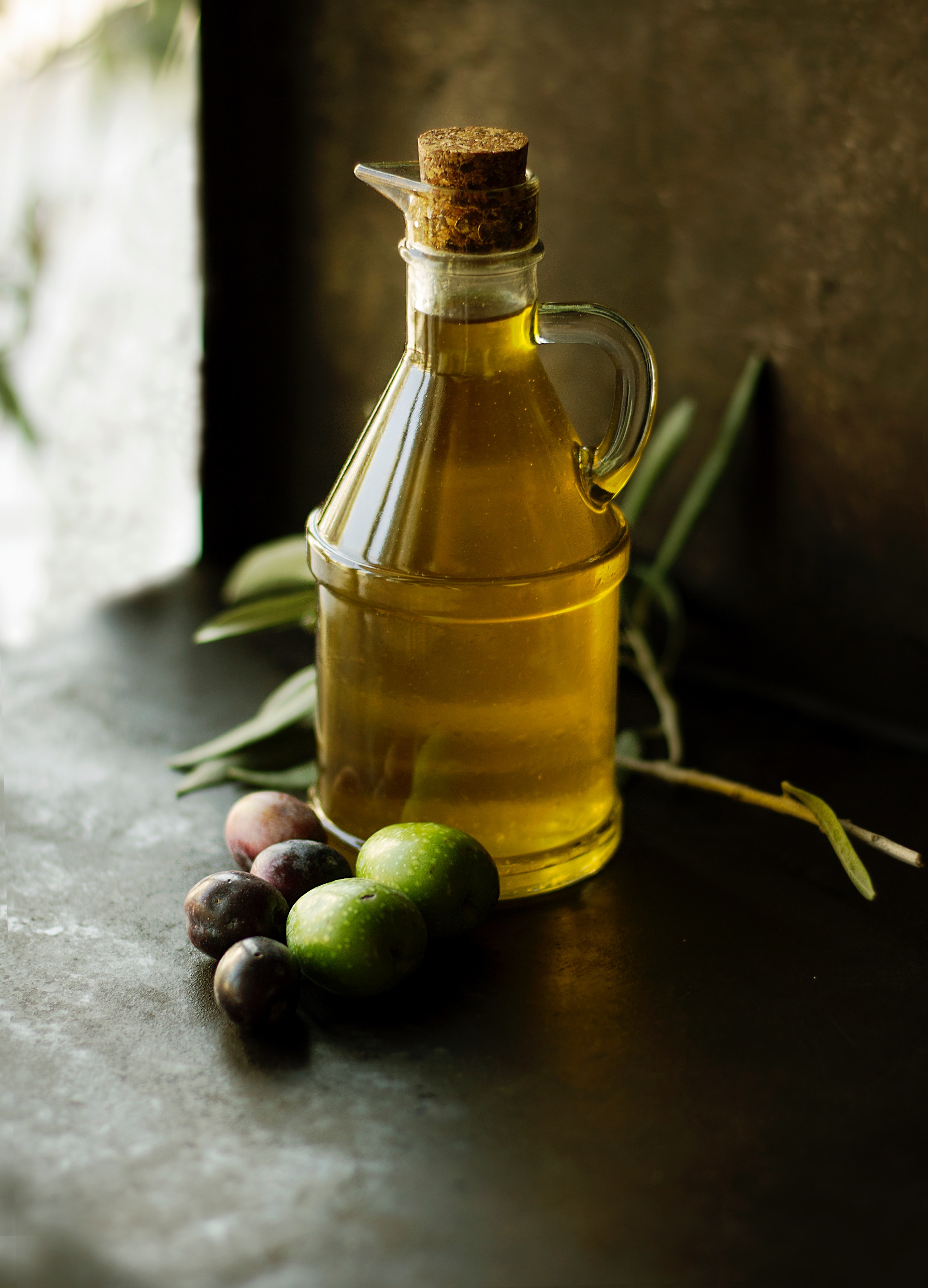Tuscan cucina povera is a real treasure hidden within the vast Italian culinary tradition. This style of cooking is a vivid reminder of times gone by, when simplicity and ingenuity were the main ingredients to transform the humblest foods into authentic gastronomic masterpieces. Tuscan cucina povera is based on a philosophy of intelligent and creative use of available ingredients, without waste and with great respect for nature and the earth.
This culinary tradition has been passed down from generation to generation, keeping its roots and authentic flavor intact. The dishes of Tuscan cucina povera are characterized by a wide variety of flavors and textures, ranging from rustic and savory soups to simple but tasty pasta dishes .
The main ingredients are often those that are easily found in the Tuscan countryside, such as stale bread, seasonal vegetables, legumes and olive oil. Tuscan cucina povera is a true example of how creativity and ingenuity can transform even the humblest ingredients into authentic delicacies. This culinary tradition is a real cultural heritage, which must be preserved and enhanced for future generations.
Let's go back in time
The poor cuisine (the Tuscan one like many others around Italy) evidently has peasant origins; Born from the need to make the most of the available resources and has been able to transform simple ingredients that are sometimes considered "waste" into tasty and nutritious dishes. Tuscan cucina povera is a true culinary treasure that has deep roots in the region's peasant tradition .
A food with peasant roots
Farmers, with their limited resources and the need to feed their families, have learned to make the most of the ingredients at their disposal. This cuisine is based on simple ingredients such as stale bread, legumes, seasonal vegetables, pork, and local cheeses; The ingredients, which might seem modest or "waste" to some, are transformed into delicious and nutritious dishes thanks to the skill and creativity of Tuscan chefs. Tuscan cucina povera is an example of how simplicity and ingenuity can lead to extraordinary results in the kitchen; Traditional dishes such as ribollita, panzanella and pappa al pomodoro have become true symbols of our region and are loved by people from all over the world, appreciated and celebrated, not only for their authentic flavor, but also for the link with the land and its history.
The symbolic dishes of Tuscan cucina povera
Ready to make your mouth water?
Ribollita: a tasty memory of the past
Ribollita is probably one of the most representative dishes of Tuscan cuisine. A thick and hearty soup made with stale bread, kale, beans, and vegetables, perfect for warming up cold winter evenings.
Panzanella: the farmers' salad

Panzanella is another great classic of Tuscan cuisine. A cold salad made with stale bread, tomatoes, onion and basil, ideal for hot summer days. The origin of the name is uncertain: one hypothesis sees it as a synthesis of the words "bread" and "zanella", a concave container, while another wants it to be linked to "panzana", which means gruel. Whatever its origin, it is a delicious dish that refreshes the summer.
Pappa al pomodoro: Tuscan comfort food

A simple and tasty dish, pappa al pomodoro is prepared with stale bread, tomatoes, garlic and basil, a dish so famous that it has become a pop phenomenon over the years: Vamba spoke of pappa al pomodoro in Il Giornalino di Gian Burrasca, in 1907. Rita Pavone, in 1965, dedicated a song to the recipe, W la pappa con il pomodoro.
Fettunta: the Tuscan appetizer par excellence

The fettunta, a simple slice of toast seasoned with extra virgin olive oil and a clove of garlic, represents the essence of Tuscan cuisine: a few high-quality ingredients that enhance each other. However, the oil must be good, the best possible, to savor all its characteristics and all the nuances of flavor; The bread, which we tell you to make, must be silly, without salt, to enhance the taste of the oil.
Acquacotta: a dish with a strong territorial identity
Finally, acquacotta, a soup made with vegetables and bread, typical of the Tuscan Maremma. A dish with an authentic flavor, which tells the story of a land and its people. The recipe calls for the addition of an egg for each diner to be cooked in the broth... Whether it's an egg from homegrown hens, raised outdoors: you'll taste it!
Don't want to cook but fancy a food tour? Here are some addresses for you!
Although its origins are ancient, Tuscan cuisine is therefore still very current. Its dishes are not only tasty, but also healthy and sustainable, in line with modern food trends; It also teaches us the importance of respecting ingredients and fighting against food waste, two valuable lessons in a world that is increasingly attentive to sustainability.
Tuscan cuisine is a treasure to be discovered and preserved, a wealth of flavours and knowledge that tells us the story of a land and its people. And you, have you already tried to prepare one of these dishes?
Image sources: Firenze Made in Tuscany, Silvia and Rosmarino, Unsplash










 Map
Map